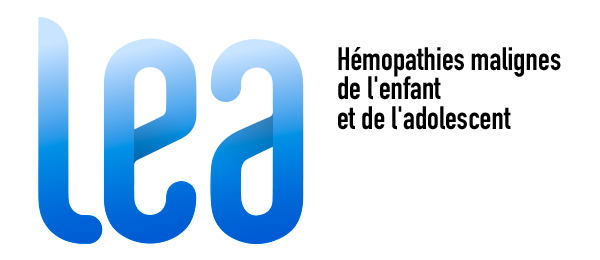Meryl Horwitz, Pascal Auquier, Vincent Barlogis, Audrey Contet, Maryline Poirée, Justyna Kanold, Yves Bertrand, Dominique Plantaz, Claire Galambrun, Julie Berbis, Virginie Villes, Pascal Chastagner, Nicolas Sirvent, Claire Oudin and Gérard Michel.
Br J Haematol. 2015 Feb;168(4):518-25.
https://pubmed.ncbi.nlm.nih.gov/25284463/
Cataract was prospectively assessed by serial slip lamp tests in 271 patients included in the Leucémie Enfants Adolescents (LEA) programme, the French cohort of childhood leukaemia survivors. All had received haematopoietic stem cell transplantation (HSCT) after total body irradiation (TBI, n = 201) or busulfan-based (n = 70) myeloablative conditioning regimen. TBI was fractionated in all but six patients.
The mean duration of follow-up from HSCT was 10·3 years. Cataract was observed in 113/271 patients (41·7%); 9/113 (8·1%) needed surgery. Cumulative incidence after TBI increased over time from 30% at 5 years to 70·8% and 78% at 15 and 20 years, respectively, without any plateau thereafter. The 15-year cumulative incidence was 12·5% in the Busulfan group. A higher cumulative steroid dose appeared to be a cofactor of TBI for cataract risk, in both univariate and multivariate Cox analysis. In the multivariate analysis, cataract had an impact in two quality of life domains: ‘the role limitation due to physical problems’ and ‘the role limitation due to emotional problems’.
These data suggest that with increasing follow-up, nearly all patients who receive TBI, even when fractionated, will suffer from cataract that can impact on their quality of life and that high cumulative steroid dose is a cofactor.
Keywords: cataract; haematopoietic stem cell transplantation; irradiation; late effects; leukaemia.

